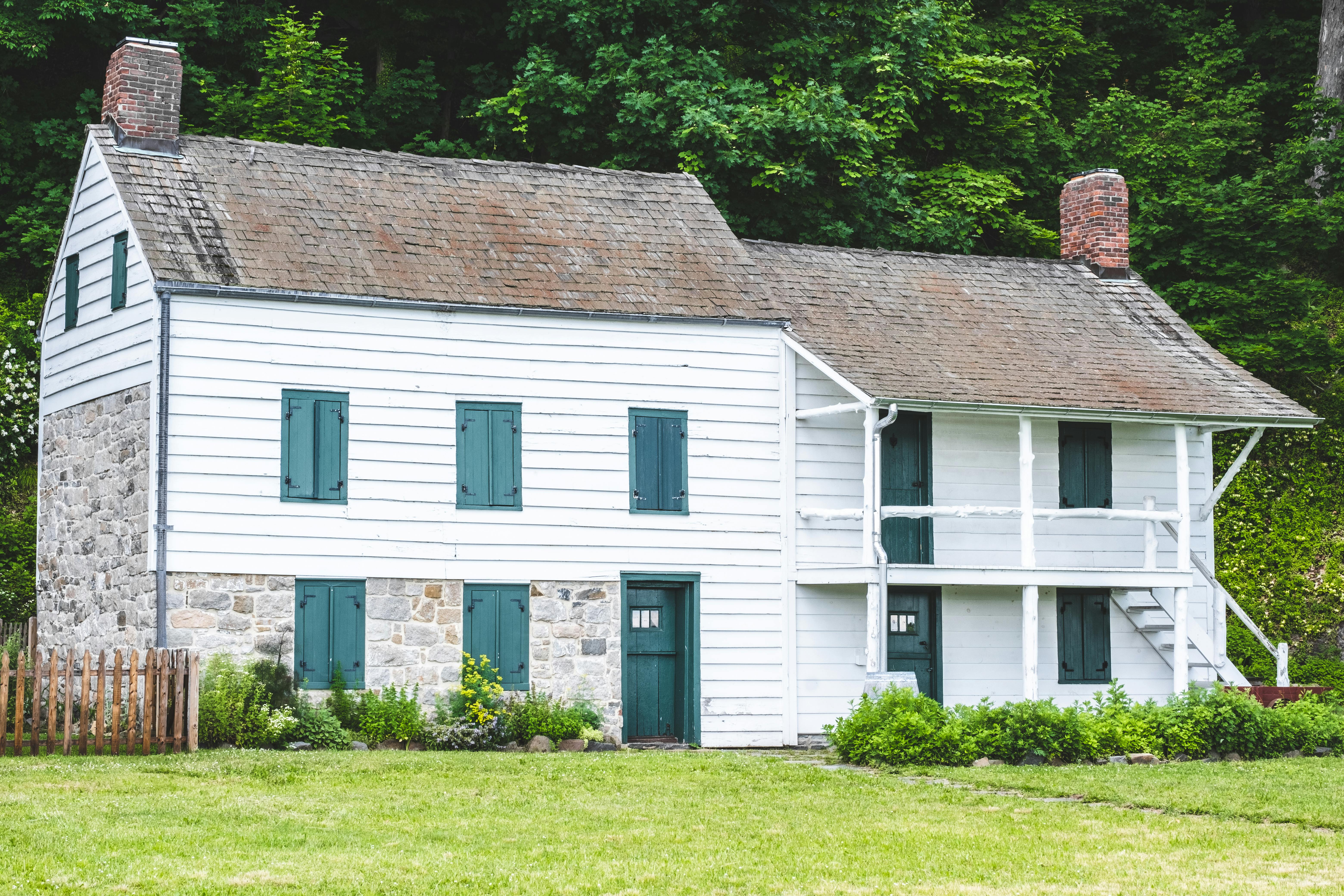Bank-owned real estate is known by many names, including: real estate ownership, REO, and bank foreclosures. When lenders foreclose on properties, they are initially put up for sale through public auctions. If they are not sold at auction, they are returned to the bank that assumes responsibility for the sale.
Bank-owned real estate is sold directly through each lender’s loss mitigation division or their designated real estate agents. Properties can be listed through bank or estate agent websites. If agents handle the transaction, buyers submit purchase offers to the real estate agent who presents them to the lender. If bank loss mitigators oversee the sale, buyers provide purchase agreements to the mortgage broker servicing the mortgage.
Foreclosed residential and commercial properties offered through public auctions are often priced lower than properties sold through banks. When buyers bid at auctions, they must be prepared to provide funds within 24 hours. If any tax or creditor liens are attached or if the evicted tenants reside on the property, the buyers are responsible for negotiating the removal of the lien and the eviction of the tenant.
Once the banks repossess the property, they remove the liens and begin an eviction if necessary. These costs are included in the purchase price. While REO homes from banks typically command a higher price tag, buyers can avoid expensive and unpleasant procedures that can often take several months to resolve. Additionally, buyers can take immediate possession of the home, allowing them to quickly move into the residence or place it on the market as rental housing.
REO properties sold through banks are often priced 10 to 20 percent below market value. When repairs are required, lenders adjust prices accordingly. Qualified borrowers may request additional funds within their mortgage application to make necessary home improvements.
A large percentage of bank foreclosures are in areas that have experienced a high level of mortgage delinquency. The Department of Housing and Urban Development currently offers grants to individuals and investors under its Neighborhood Stabilization Program. Qualified investors can apply for a maximum of five NSP grants, while home buyers are limited to one grant. Eligibility requirements and award criteria are provided on HUD.gov.
While buying real estate foreclosures is similar to buying homes listed through real estate agents, there are some differences. People who have never purchased REO properties should take the time to educate themselves on the process. Many real estate agents offer complimentary seminars that cover the pros and cons of investing in distressed real estate.
Borrowers must obtain pre-approved financing before making offers on properties from the bank, unless they buy homes with cash. Mortgage providers rarely reduce the sale price unless home inspections reveal previously unreported needed repairs. Banks have already lost considerable revenue by participating in the foreclosure process. Your main goal is to recover as much of your initial investment as possible.
Real estate homes are often an exceptional primary residence, vacation home, or investment property. However, if lenders reject a reasonable offer, buyers should be prepared to walk away. Considering there are over 4 million foreclosed homes for sale, buyers can easily find another suitable property.
One option for locating cheap homes for sale is to seek out private real estate investors who specialize in buying and selling distressed properties. Some investors buy entire bank portfolios consisting of multiple properties. Buying wholesale real estate allows investors to obtain wholesale prices. Properties are sold as-is so investors can pass savings on to buyers.



